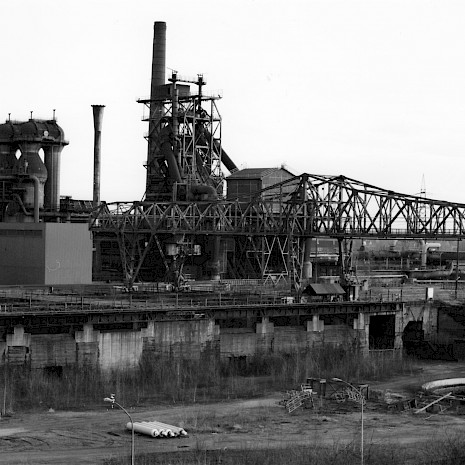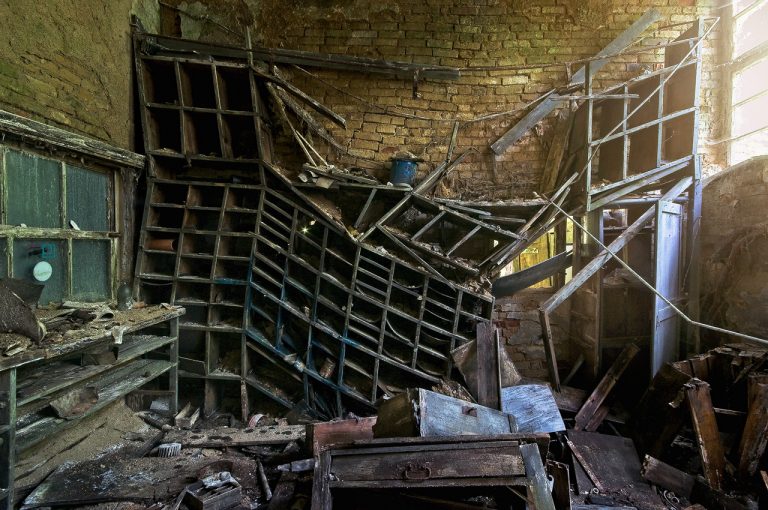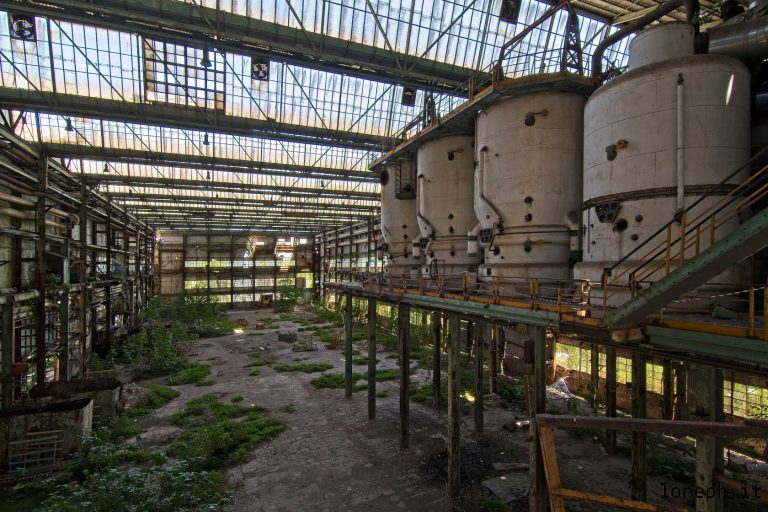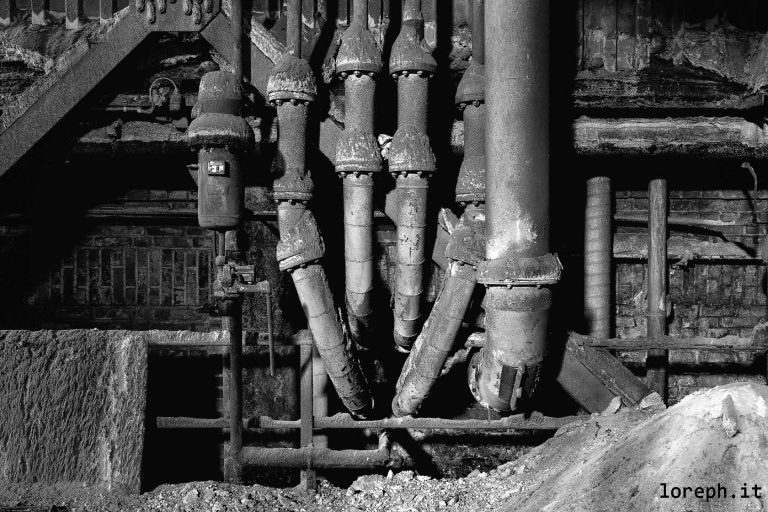LANDSCHAFTSPARK DUISBURG NORD [DE]
Exploration #151. Landschaftspark is a public park located in Duisburg-Meiderich, Germany. It was designed in 1991 by Latz + Partner (Peter Latz), with the intention that it work to heal and understand the industrial past, rather than trying to reject it. The park closely associates itself with the past use of the site: a coal and steel production plant born in 1901 and abandoned in 1985.
OPERATING PERIOD
Growing demand for steel from the US and the German navy’s extensive shipbuilding plans led to a pig iron shortage around 1900. It was against this background that, from 1901, August Thyssen initiated the building of a blast furnace plant in Meiderich to produce pig iron. Pig iron is smelted with the addition of lime and coke from iron ores. The liquid end product can then be further processed into steel. The property was located in the immediate vicinity of the coal fields he had previously acquired, thus creating the perfect conditions for the operation of the blast furnaces. In July 1901 he began construction of the works and on 16 May 1903 blast furnace 1 was blown for the first time, and blast furnace 2 became operational as early as August 1903. By 1912 all five blast furnaces of the “Ironworks Company” in Meiderich were working. Until closure in 1985, the works produced special types of pig iron to make castings for mechanical engineering, for example. Because of its wide product range, the ironworks was therefore known in professional circles as the “pharmacy of the Ruhr District”.
CLOSURE
The mid-1970s saw a worldwide steel crisis and overcapacity in the European steel market. Production in the Meiderich works had to be cut back, resulting in short-time working. From 1979 the sales crisis intensified, leading to the closure of blast furnaces 1 and 2 in the early 1980s. Nevertheless, the Thyssen Group continued to invest in the Meiderich ironworks. In 1982 it relined the modern blast furnace 5, had a desulphurisation plant built and the gasometer was completely overhauled. Nobody, therefore, was expecting the plant to close and the end caught the workforce completely by surprise. The last shift was worked on 4 April 1985. The remaining 300 employees were offered alternative jobs in the Thyssen Ruhrort and Hamborn works, and a social plan and an early retirement scheme meant that any major protests could be avoided. In the 82 years of its existence, the Meiderich ironworks had produced 37 million tonnes of pig iron.
THE PARK
Duisburg City Council finally decided in April 1992 to preserve the disused ironworks. The Landscape Park was to become a large open and recreational space for the population and to sustainably improve the quality of life in the surrounding areas. In addition to the preservation of the industrial facilities, the preservation of the flora and fauna that had developed since the closure of the works also played a significant part. The first areas of the Landscape Park were opened to the public on 17 June 1994.
(source: https://www.landschaftspark.de/).






































